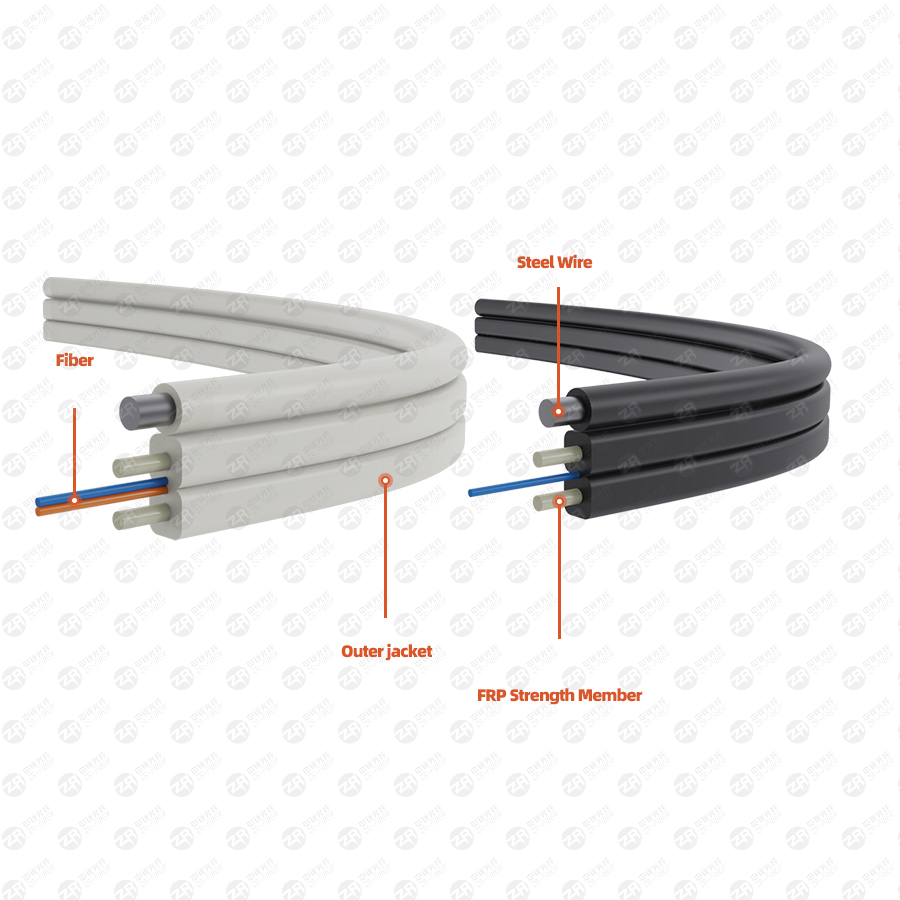1. There are bubbles or cracks in the contacts during welding
In this case, the fiber may be poorly cut, such as the end face is inclined, burr, or the end face is not clean, and the fiber needs to be cleaned before the fusion splicing operation; another case is that the anti-electric electrode is aging, and the electrode rod needs to be replaced.
2. The welding is too thick or the contacts are thin
Too thick splicing and thickening of joints are often caused by too much fiber feeding and too fast pushing; shrinking heads and thinning of splices are generally caused by insufficient feeding and too strong discharge arc. All these problems need to adjust the parameters of arc protection and fiber feeding.
3. The loss after heat shrinking is larger than that before heat shrinking
This situation is due to the fact that the optical fiber is contaminated after stripping the protective jacket. When the heat shrinkable tube is shrunk after the optical fiber splicing process, the residual contaminants (such as tiny sand particles) will press the optical fiber and cause the optical fiber to deform, so the splice loss will increase. . At this time, it is necessary to re-clean the fiber and re-splicing.

4. The coiled fiber causes the short fiber or the loss to increase
After the optical fiber fusion splicing process is completed, when it is fixed in the splice box, it should be handled with care to ensure that the optical fiber is above the minimum bending radius. The splice box should also be placed carefully to avoid being squeezed and bumped.
5. The mechanical strength of the weld is poor and it is easy to be broken
There are many reasons for this situation: ① The quality of the optical fiber itself is not good; ② The cut surface of the optical fiber is not flat, resulting in poor fusion effect;
6. Negative loss occurs when connecting
Negative loss occurs during connection, which is an upward trend on the test curve. It often occurs when a fiber with a large mode field diameter is connected to a small mode field diameter, because the ability of a fiber with a small mode field diameter to guide backscattered light is stronger than that of a fiber with a large mode field diameter. In this case, we should use the two-way test averaging method to calculate the true loss of the splice!